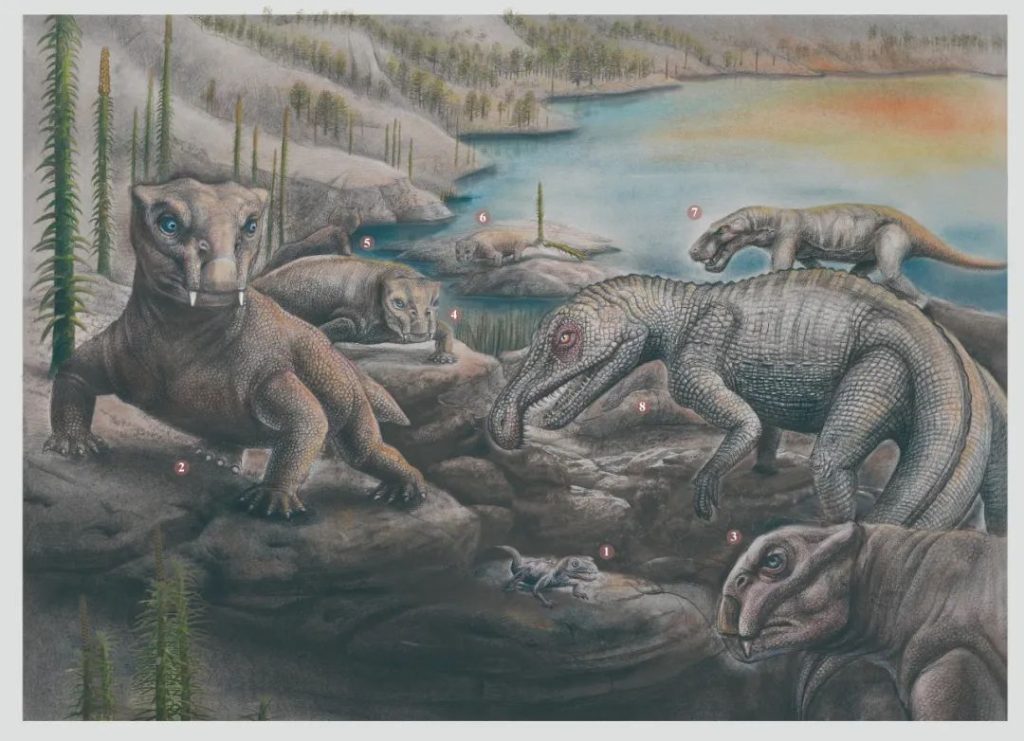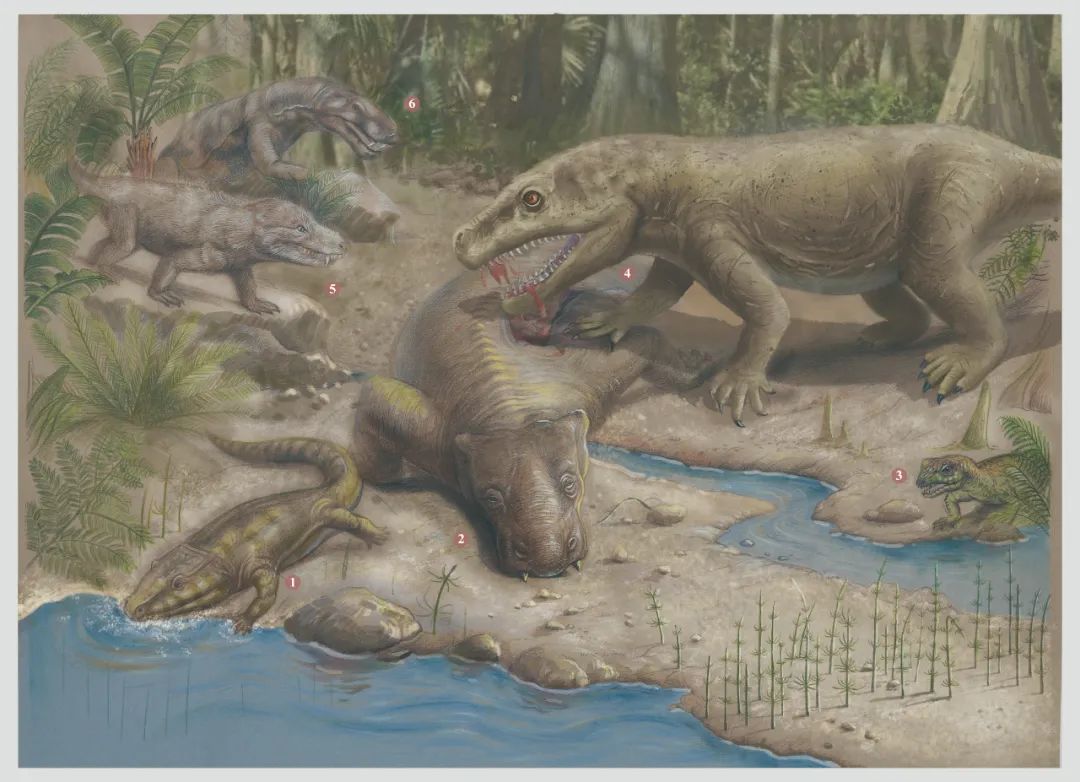How long did it take for terrestrial ecosystems to recover after the great extinction of the end of the Diocese 252 million years ago? How are terrestrial creatures recovered?
Recently, the Team Of China UniversitY Of GeologY (WuhaN) Jointly Used Mathematical SimulationS And Other TechniqueS For The First Time To Find That The terrestrial Ecosystem After The Mass Extinction Took More Than 10 Million Years To Recover. The new study also reveals the biosuscitation process at this stage.
Reporters recently learned from the Chinese University of Geology (Wuhan) Professor Chen Zhongqiang team, the research team found that 252 million years ago the mass extinction than other extinction events more destructive to terrestrial ecosystems, almost 20 species out of 19 extinction, only 5% of species survive, ecosystems need to be re-established.
“After the great extinction, a small number of high-level consumers and microbes at the bottom of the ecosystem survived. For example, the two-toothed beast, in the period after a period of time to unite the rivers and lakes, become the king of land. Chen Zhongqiang explained.

“But the breakages and fragmentations in the middle of the food chain make the Earth’s terrestrial ecosystems so fragile that it is so vulnerable to the devastating effects of harsh environments that it will take more than 10 million years for the planet to slowly return to its former vitality.” Chen Zhongqiang said.
Chen Zhongqiang introduced that the team used ecosystem mathematical simulation technology, computer programming technology and computing system for the first time, for the two-fold system in Xinjiang region of China, more than tens of thousands of fossil record information, large data analysis.
“By systematically studying the morphological features, teeth, stomach contents, and fecal fossils preserved by biofossils, we can know the predatory relationship between different organisms.” Chen Zhongqiang explained that the pyramid of the ancient food chain is divided into primary producers, primary consumers, secondary and even senior consumers and other relations, just as people are familiar with the big fish eat small fish, small fish eat shrimp rice.
The ancient food webs in the study consisted of plants, molluscs, insects living in lakes, fish, amphibians and teeters. These teeters are as small as lizards and as large as giant plant-eating animals, which also contain predators.
When these animals became extinct, no organisms took their place for the next 10 million years, creating a highly unstable and fragile terrestrial ecosystem. Since then, dinosaurs and mammals began to appear in the late Triassic period.
“Before that, we could describe ancient food webs, but it was difficult to quantify their stability.” Chen Zhongqiang said that an in-depth study of ancient food webs may provide inspiration for future ecosystem management.



